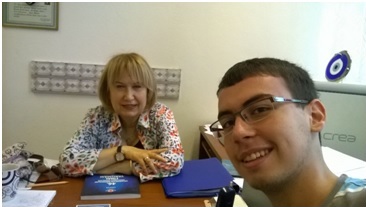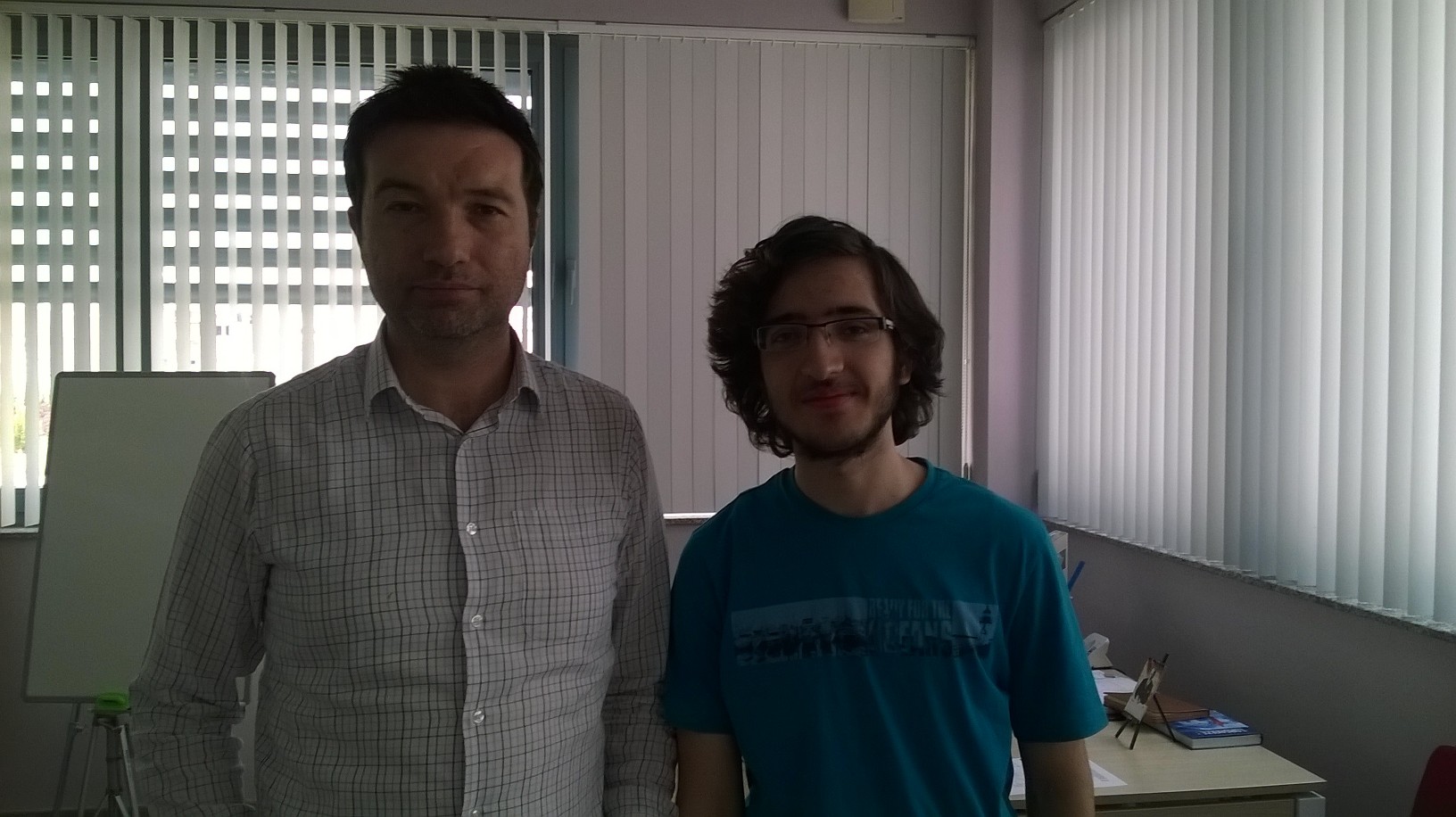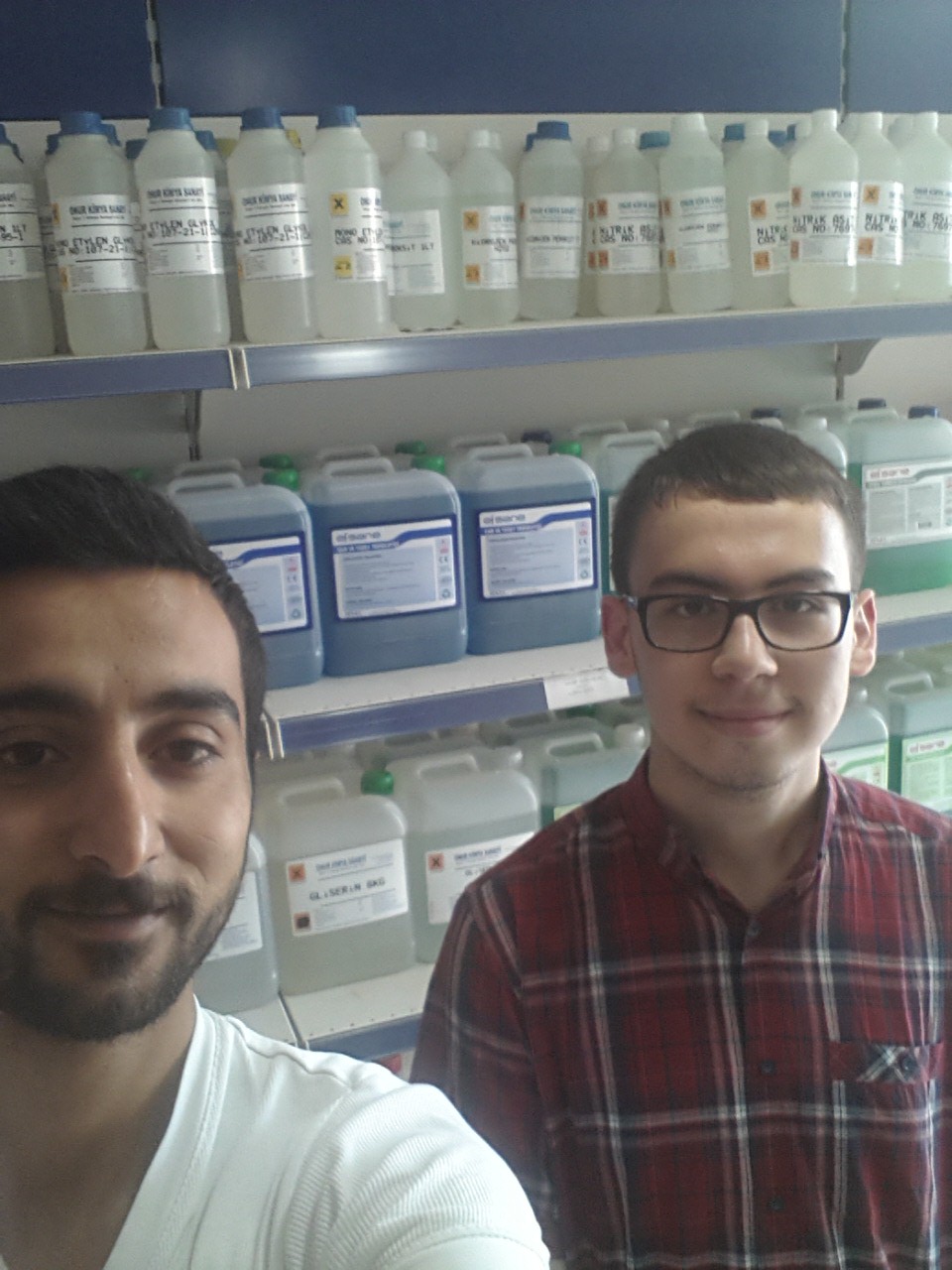Team:AUC TURKEY/Practices

Lorem ipsum dolor sit amet, consectetur adipiscing elit. Vivamus quis cursus dolor, a sodales diam. Morbi euismod euismod fringilla. Lorem ipsum dolor sit amet, consectetur adipiscing elit. Suspendisse eu lacus in purus pulvinar porttitor. Nulla turpis mi, condimentum ac tempus sed, tincidunt ut mi. Sed efficitur aliquet tortor at euismod. Etiam ac cursus felis. Ut pharetra porta dapibus. Sed feugiat nibh eget risus maximus dignissim. Aenean ac augue ultricies, blandit nisi sed, maximus diam. Vivamus mattis imperdiet felis, a elementum purus congue a. Sed enim lacus, vehicula eget odio vel, ornare pretium nunc. Ut a ornare tortor, vel facilisis elit. Etiam pretium pharetra tincidunt.
Aliquam sit amet suscipit ex. Donec lorem neque, ornare eget neque sagittis, mollis imperdiet eros. Donec quis lorem vel ante vestibulum rhoncus ac eget augue. Donec imperdiet risus et mi molestie, et mattis elit blandit. Donec rhoncus est non turpis molestie, a pretium ipsum fermentum. Aenean gravida facilisis auctor. Aenean tempus convallis urna, eget convallis lacus interdum quis. Mauris ac nisi dui. Pellentesque ullamcorper quam vel lacus rutrum, eu interdum odio eleifend.
We discussed the application of our project with the Head of the Department of Biotechnology of Hacettepe University, Prof. Dr. Nilüfer Aksöz. Talks on how the project could be applied in real life and how it could be turned into a product were carried out. The talks were focused on the efficiency of such an application. Abrupt calculations for the scale of effectivity were conducted. Mrs. Aksöz suggested to implant sensors such as turbidostat and chemostat in host tanks to maximize efficiency.
The discussed and developed scheme for a future product can be listed as below.
- The bacteria will be cultivated in a bacterial fermenter.
- The products formed as a result of the breakdown of the substrates (urea and hydrogen peroxide) should be effectively dispensed to prevent end-product inhibition of the enzymes.
- The urea and hydrogen peroxide will be transferred to the fermenter as a flow rate adjusted substrate.
- The products of the chemical breakdown (NH3 and H+) will cause a significant decrease in the pH of the medium leading to a decrease in enzymatic activity and the decline in the bacterial concentration of the medium. To counteract the change in pH, buffer solutions(such as the common bicarbonate) will be used. The use buffer solutions are already widespread and cost-effective due to the extensive usage in related industries.
- The following will be installed to the fermenter:
- A Chemostat Sensor to adjust the flow rate of the substrate in respect to the substrate concentration of the medium
- To adjust the flow rate of LB Broth to the medium in respect to the microorganism concentration through:
- Turbidostat Sensor
- Photocell (Alternative)
- A major issue for the fermenter is the formation of biofilm on the device surface. To counteract this, chemicals that negate quorum sensing in the bacterial population should be used; if not, occasional scraping of the device surface may be necessary.
- Due to the Pasteur Effect, the activity of aerobic bacteria will be significantly higher in contrast to anaerobic bacteria. Therefore, the bacterial medium should be supplied with air. The inward airflow to the fermenter will most likely trigger bacterial foaming, which is a major handicap for the efficiency of the system. Sodium dodecyl sulfate, or other surface inactive agents should be manipulated to combat any foaming in the medium.
- The efficiency of the fermenter should be calculated and analyzed for the applicability of such a device. The fuels and devices that are currently being used should be contrasted with the device in design to deduce if the system is worth it. The main points in the analysis should be efficiency and affectivity.
- According to the results of the research, the size and the scale of the device, and its range of effect should be determined.
- The safety measures required to prevent contamination of the environment should be designated and applied to the fermenter to prevent a worldwide plague!
- Cooperation with specialists in respective fields, such as Electronics and Industrial Engineers, should be consulted to manipulate the experience of such specialists in the product.
In order to get into contact with specialists in chemistry, we decided to arrange a meeting with chemical companies. IBA Kimya answered our call, and on behalf of them, Mr. Serhat Karabulut, conducted an interview with us.
The discussed topics during the interview were biotechnology, the mechanism and function of our project, the chemical pathway of reactions. As a company representitive, we had talks on efficiency of the project. We also talked about the applications of the company and the ethics of genetic engineering. Being the Safety Specialist of the company, Mr. Karabulut raised many questions about work safety and lab conditions.
Mr. Karabulut had little knowledge on the field of synthetic biology but did abide with us and we thank him for his delightful time.
We met Sadrettin Başalan, an official of Onur Kimya. We had a short meeting with him on our project.He listened to our project, very much intrigued. He also assisted us in the acquiring of the chemicals we use in our project, by also providing the necessary information for their usage. We thank Sadrettin Başalan and Onur Kimya.
We came together with Mr. Yusuf Durmuş, an Expert of Entomology at the Hacettepe University. We explained how we had adopted the fuse mechanism of the Bombardier Beetle's catalase for our project. He had suggestions on how the metabolic systems of other insects could be utilized for our project and possible future projects. He also elaborated on the future application of the project.















